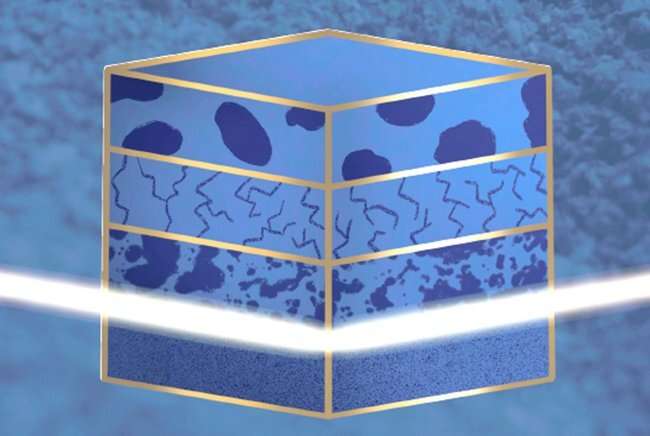Personalized food from the 3D printer

The consumption of food is a basic need in life and is typically subjective and personal in terms of preference and health. With the increasing world population and, as a result, the increasing demand for food, novel improvements in food processing can play an important role in global issues such as food waste and food safety.
Next to this, people consume food because they simply enjoy it. Customization of food, concerning the used ingredients and the resulting shape and sensory properties, contributes to the consumer’s eating experience and health. The possibility to use 3D printing techniques in food processing opens up a new world of food customization.
In 3D printing, building a product is based on a layer-by-layer deposition of the material. Besides creating attractive, unique dishes, 3D printing can be used to tailor mechanical properties of products by influencing the structure at different length scales.
In his Ph.D. project, Nicky Jonkers researched the mechanical behavior of Selective Laser Sintered food with the aim to customize the texture properties of food products. Selective Laser Sintering (SLS) is one of the available 3D printing techniques and has a high spatial resolution. In SLS, powder particles are locally fused by a laser. Its application to the printing of food is relatively new.
Tailoring the texture perception
When producing food, the goal is to obtain the desired texture properties, which define the consumer’s eating experience. Texture properties are part of the overall sensory experience and are linked to the consumer’s assessment of the mechanical properties of the food product. A model food system is used as material to investigate the capability of using SLS for food customization.
By changing the process conditions in the SLS process and characterizing the microstructure and mechanical properties of the food, Jonkers was able to establish process-property relations that allow for tailoring the texture perception. The mechanical response of the printed material is experimentally tested and captured in a constitutive model.
This predictive model allows for designing real food products, in which the local properties are easily varied. Think of a cookie in which your second bite is completely different from the first bite. By specific design of food products and by being able to make them with 3D printing, new eating experiences can be created.
Simple method to upcycle okara using 3D printing
Citation:
Personalized food from the 3D printer (2022, May 12)
retrieved 12 May 2022
from https://techxplore.com/news/2022-05-personalized-food-3d-printer.html
This document is subject to copyright. Apart from any fair dealing for the purpose of private study or research, no
part may be reproduced without the written permission. The content is provided for information purposes only.
For all the latest Technology News Click Here
For the latest news and updates, follow us on Google News.

